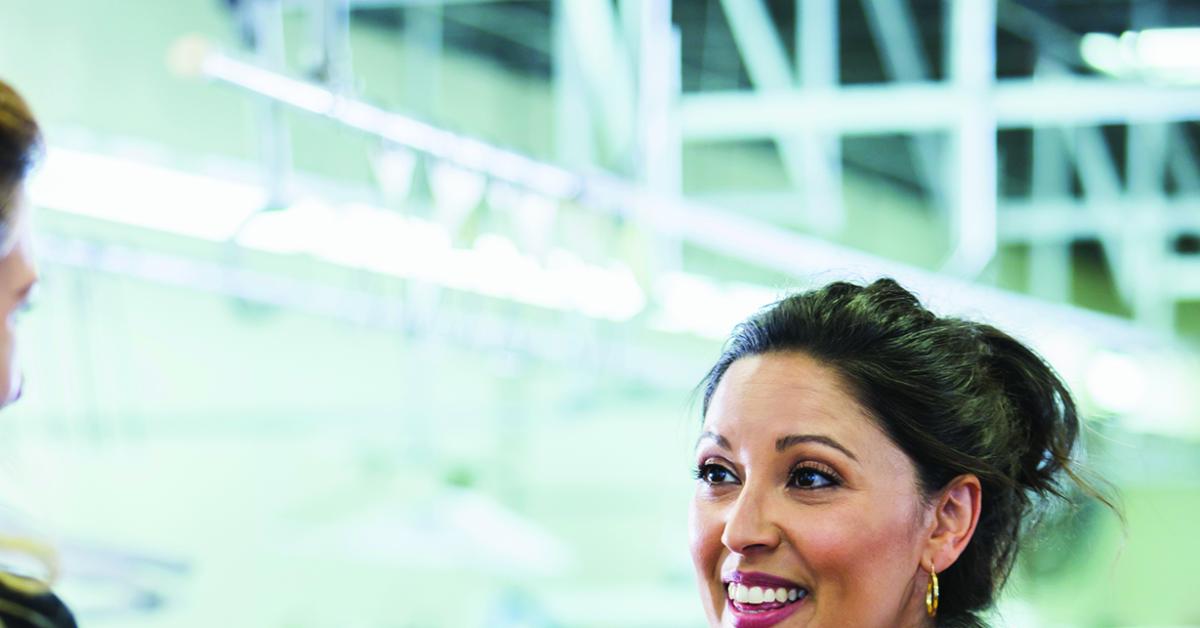CHICAGO — Cash may still be king for many business transactions, but that kingdom is shrinking.
Digital payment solutions are providing increased convenience and security for many dry cleaners and their customers — to the point where some cleaners are going completely cashless.
“Digital payments have grown exponentially over the last several years, especially as consumer preferences and habits have evolved since the start of the COVID-19 pandemic,” says Elizabeth Karl, vice president and global head, Payments Consulting, at American Express. “As consumers have shown a preference for digital payments that limit interaction with the point-of-sale system, we anticipate that there will be more account-to-account payments, bank-based payments, and more forms of digital payments.”
While Brian Butler, president of Dublin Cleaners in Columbus, Ohio, made the change to a cashless system around 2018, he agrees that cleaners wanting to make the change now have a good reason to give their clients.
“When COVID hit, it seemed to be the perfect excuse,” he says. “So many places temporarily stopped accepting cash. I think a number of people never switched back — or found they just didn’t have to. The pandemic accelerated so much change in the world.”
For Dublin Cleaners, the move to a cashless system made sense well before the pandemic because the vast majority of Butler’s client base had already moved to a cashless model on their own.
“There was so little cash being used that the expense of administering the balancing of drawers, the change orders and the deposits was totally unjustified,” he says. “We were at 1.8% of sales in cash. When you have that little cash, it becomes even more work than having a medium amount of cash — one or two cash transactions per day with large bills just wipes out your change drawer.”
Rechelle Balanzat, CEO and founder of New York City’s JULIETTE, built her business around a cashless mindset from its first day in 2014.
“If you think back to that time, this was when on-demand mobile commerce was starting,” she says. “I understood that people were going to become more dependent on their phones for everyday things. And that prompted an idea: ‘Why isn’t there an app that picks up and delivers laundry and dry cleaning?’ And so, when we launched, our founding principle was always to be cashless, consistent, and convenient.”
Because the cashless mindset was baked into the DNA of her business, Balanzat didn’t have to ask her customers to adjust to a new method of payment.
“When a client signs up on our app, they automatically register with their credit cards,” she says. “It’s one time — one and done. After we pick up and clean their clothes, we charge their card on file and email them a receipt before we deliver.”
Still, some habits die hard. For clients wanting to pay cash, Butler offers them an option.
“It’s not that we won’t take cash,” he says. “The right way to describe would be ‘changeless.’ If you want to pay us some cash and you don’t want to leave the change, buy a gift card. You can give us $20, $50, $100, whatever, toward a gift card. Then whenever that balance gets too low to settle your next pickup, throw some more cash on the card.”
This option offers customers a choice while minimizing the hassle for Butler’s business.
“The burden is in the change,” he says. “There are reasons that cash exists — if you want to pay for something discreetly or privately, that’s how cash works. It’s not that we’re unwilling to accept; we’re just unwilling to maintain change.”
Come back Tuesday for Part 2 of this series, where we’ll examine some of the benefits of a cashless system — as well as security issues to consider.
Have a question or comment? E-mail our editor Dave Davis at [email protected].

